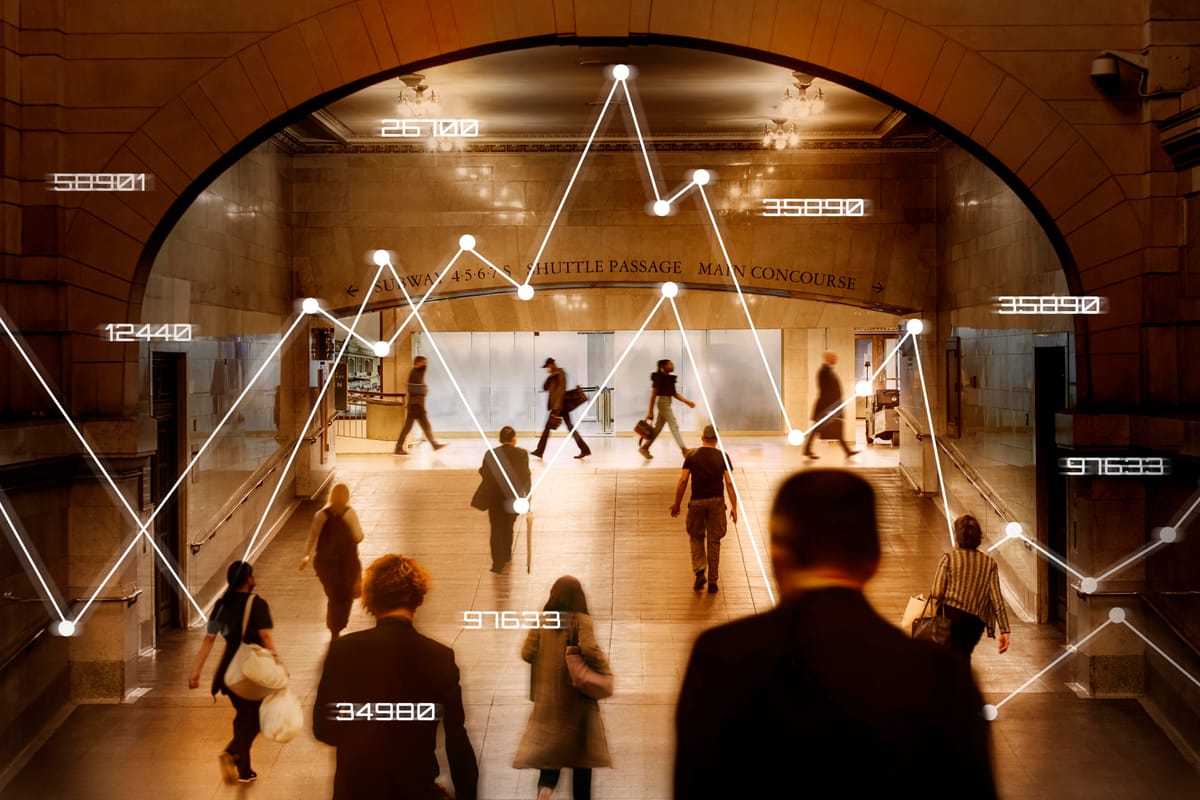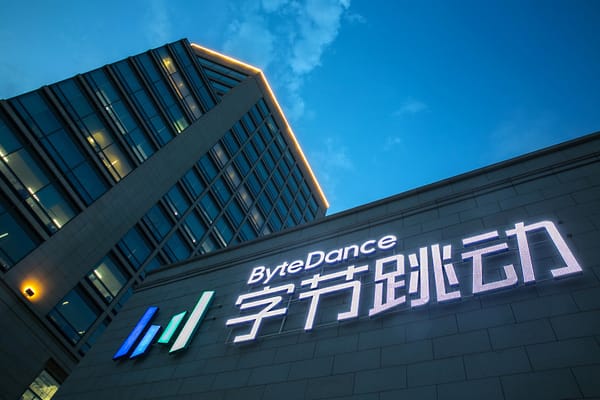Indian Government Gets 67 Proposals for Domestic AI Foundational Models
Of the total 67 proposals, 20 proposals have been received for building large language models.

AS PART OF its ambitious Rs 10,370-crore IndiaAI Mission, the Centre has received at least 67 proposals to build an India-specific artificial intelligence (AI) foundational model, including 20 large language models (LLMs), a senior government official said.
The Union Ministry of Electronics and IT is currently in the process of setting up a high-level technical committee to evaluate the proposals, The Indian Express has learnt.
The Ministry had called for proposals in January from India-based entities and researchers to build a domestic foundational model. The proposals for large language models (LLMs) are learnt to have come from Sarvam AI, CoRover.ai, and Ola, among others.
“Of the total 67 proposals, 20 proposals have been received for building large language models. The remaining are sector-specific small language models, including one which has been created by a group of doctors to assist medical professionals working on breast cancer issues,” said the government official, who did not wish to be named.
The high-level committee, which will include experts from outside, will evaluate these proposals and take a call on their feasibility within a month.
The development comes amid the meteoric rise of DeepSeek, a low-cost foundational model from China, which has shaken up the AI industry. DeepSeek’s entry into the AI space – touted for being open source, its accuracy and claims that it has been built at a fraction of the cost as its US competitors – has sent Nvidia’s stock on a downward spiral, since its R1 model was trained on inferior GPUs compared with the likes of OpenAI. Its entry has also reignited a conversation around stricter export controls.
In India, it has prompted a discussion on whether the country is losing in the AI race for want of a locally developed LLM.
Electronics and IT Minister Ashwini Vaishnaw had earlier said that the country could produce a “world class” AI model in the next 9-10 months. He had emphasised that the models will be diverse and “representative of Indian context and relevance”, “address India-specific challenges and opportunities,” and “robust mechanisms for bias mitigation, fairness,” and “ethical AI principles”.
The government is open to funding multiple such models based on scalability and viability. The intellectual property of the models will remain with the entity with provision for a perpetual license for use by the government for public use. It has envisioned a two-pronged approach for funding the models: One is an initial direct financial support for the development of the models, which would include milestone-based disbursements. The second is equity-based funding.
The government has also selected 10 companies to supply 18,693 graphics processing units or GPUs — high-end chips needed to develop machine learning tools — that can go into developing a foundational model. This is more than the initial aim of the IndiaAI Mission, under which the government was looking to procure 10,000 GPUs.
The companies empaneled to provide the GPU services include Jio Platforms, the Hiranandani Group-backed Yotta, Tata Communications, E2E Networks, NxtGen Datacenter, CMS Computers, Ctrls Datacenters, Locuz Enterprise Solutions, Orient Technologies, and Vensysco Technologies.
The government will launch a common compute facility, from where startups and researchers can access the computing power, in the next few days. The cost of accessing higher-end GPUs would be Rs 150 per hour, and using lower-end GPUs would cost Rs 115.85 per hour. To further ease access to these services, the government will give a 40 percent subsidy to end users on the total price.
“Globally, GPU access costs $2.5-$3 per hour. We are making it available, after the subsidy for around $1 per hour,” Vaishnaw had earlier said.
As reported by the Indian Express: Govt gets 67 proposals for domestic AI foundational models



